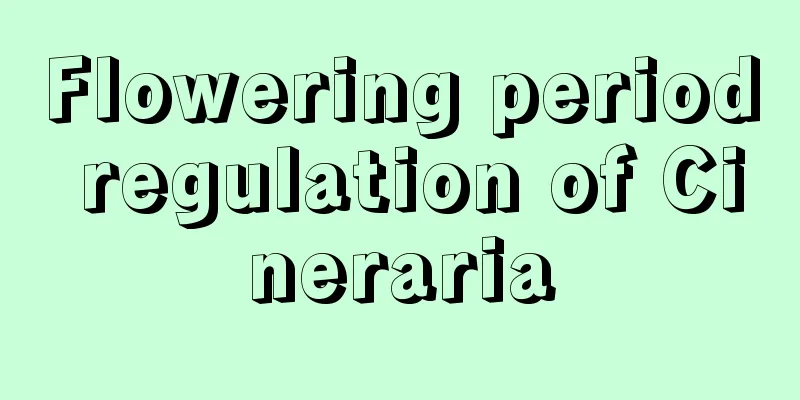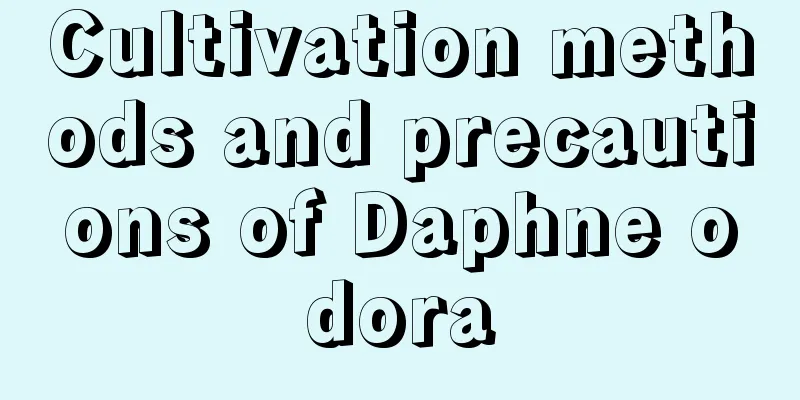The efficacy and function of wheat

1. Promote metabolismMany substances contained in wheat can promote the body's metabolic function. It can also promote the digestion and absorption of various substances, such as protein, various sugars and so on. 2. Nutritional supplementWheat is rich in nutrients. In addition to the highest starch content, it also contains about 11% protein and 2 to 7% carbohydrates. The fat content is not high, about 1.6 percent. In addition to these, there is about 2% crude fiber. Small amounts of proteases, amylases, etc., which are necessary for the normal functioning of the human body. Not only can they supplement nutrition, some of them can also enhance immunity. 3. Nourish the heart and spleenIt can enter the heart and spleen meridians, has the effect of nourishing the heart qi, and can also replenish deficiency and benefit the spleen. It can also relieve to a certain extent the boredom and irritability caused by certain situations. 4. Clear away heat and moisten drynessBecause it tastes sweet and is cool in nature, it has good effects of clearing away heat, eliminating dryness, nourishing yin and relieving restlessness, and also relieves thirst. 5. Stop bleeding and disperse bloodThis has been recorded a long time ago. For example, it was recorded in "Compendium of Materia Medica" that using wheat flour to apply to wounds or swollen and painful areas is helpful in dispersing blood and relieving pain. It can be used both internally and externally, such as bleeding from wounds, and internally such as vomiting blood due to internal injuries. 6. Treat edemaIt can relieve certain specific diseases, such as edema, painful urination, etc. |
>>: The efficacy and function of honeysuckle
Recommend
Can I water the osmanthus when it blooms?
Osmanthus flowering watering Osmanthus can be wat...
What should I do if the leaves of Phalaenopsis turn yellow, soft and wilted?
Phalaenopsis prefers a warm and humid environment...
How to prune hydrangea
When to prune hydrangeas Hydrangeas can generally...
In which month can tiger lily be cut into cuttings?
1. Cutting time If you want to propagate Sansevie...
Is it a good idea to plant an osmanthus tree at the door?
It is spring now, and many people want to plant s...
How to grow succulent plants?
soil When raising succulent plants, in order to p...
How to propagate Podocarpus
sowing Planting season The sowing of Podocarpus i...
Can the money tree be repotted in summer? Precautions for repotting and tips for maintenance
Can the money tree be repotted in summer? The soi...
What kind of succulent is suitable for you, Korean, European or Chinese products?
Korean Succulent When talking about Korean meat, ...
Can pepper spray kill insects?
1. Can kill insects Because chili and pepper have...
When is the best time to divide jasmine into pots?
Time to divide jasmine into pots The best time to...
Is the barberry a shade-loving or sun-loving plant?
Does Prunus armeniaca prefer shade or sun? Barbar...
Custard apple cultivation methods and precautions
1. Maintenance methods 1. Temperature: It is a he...
How to grow Sophora japonica at home
1. Breeding environment 1. Soil: When growing yel...
Things to note when changing the soil for green radish
1. Stop watering before changing soil Before chan...









